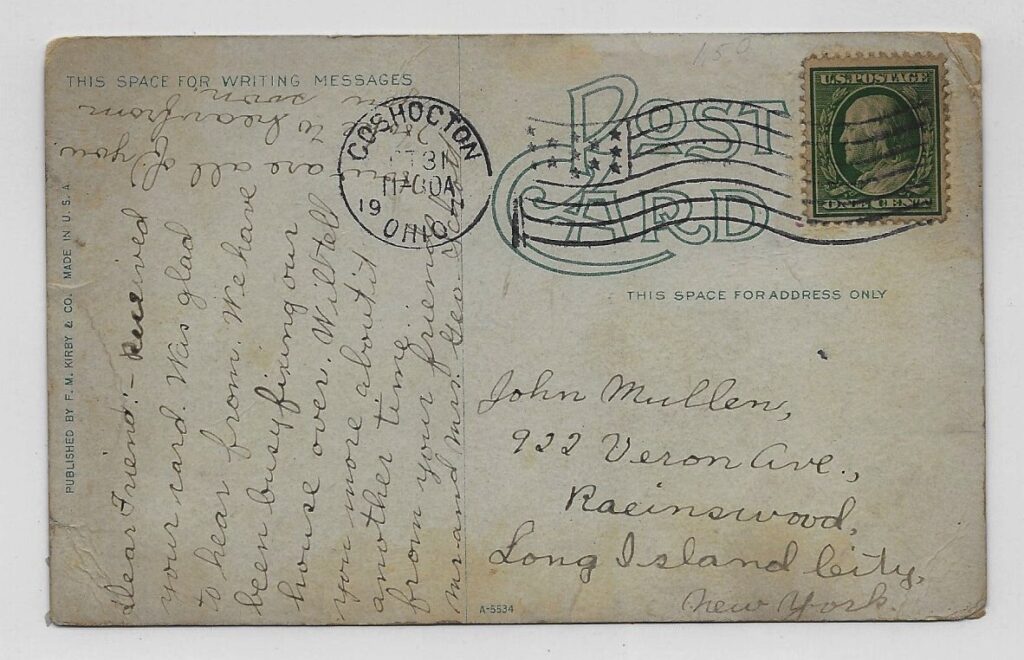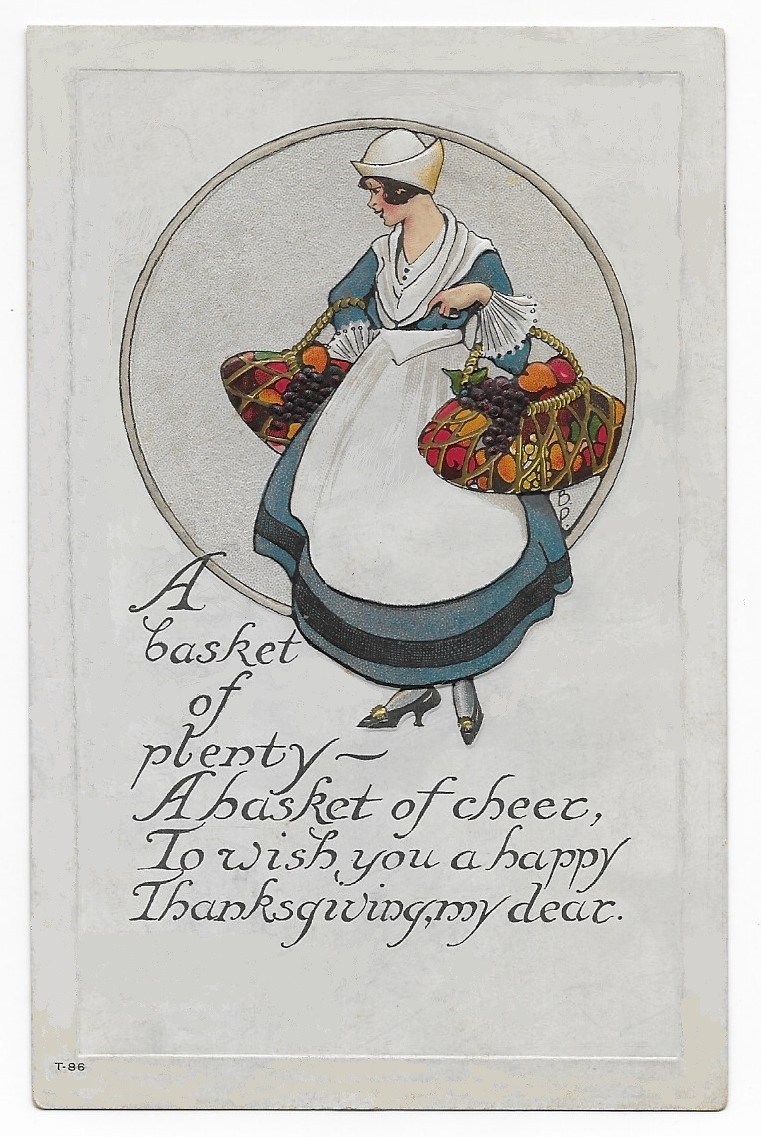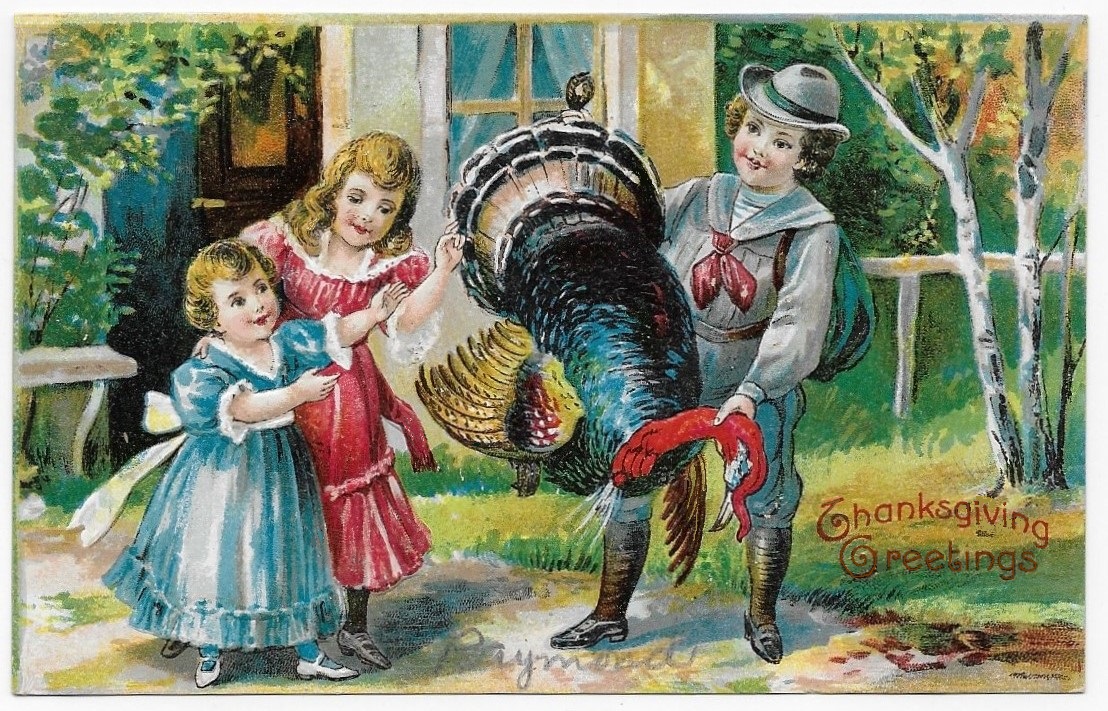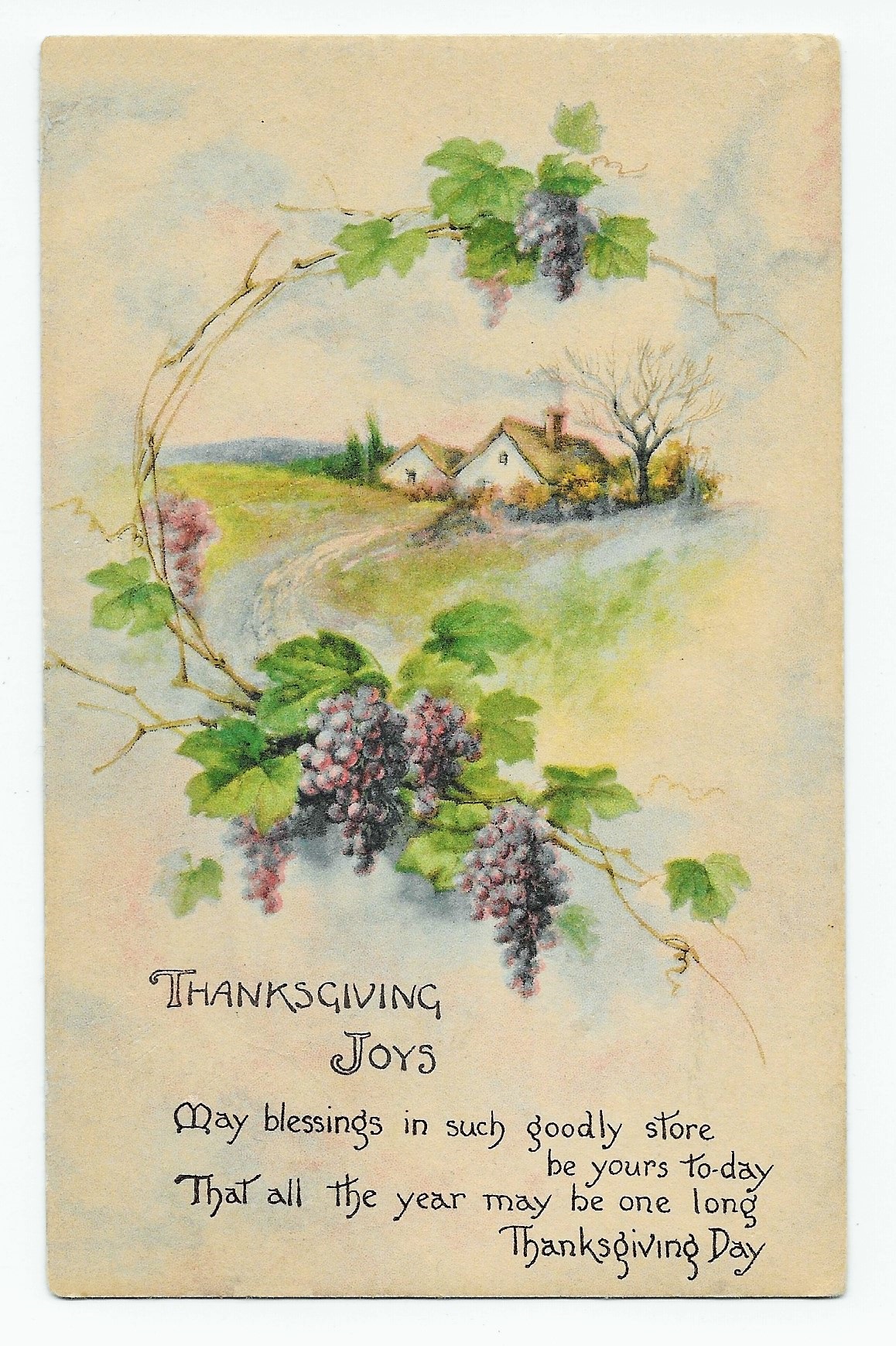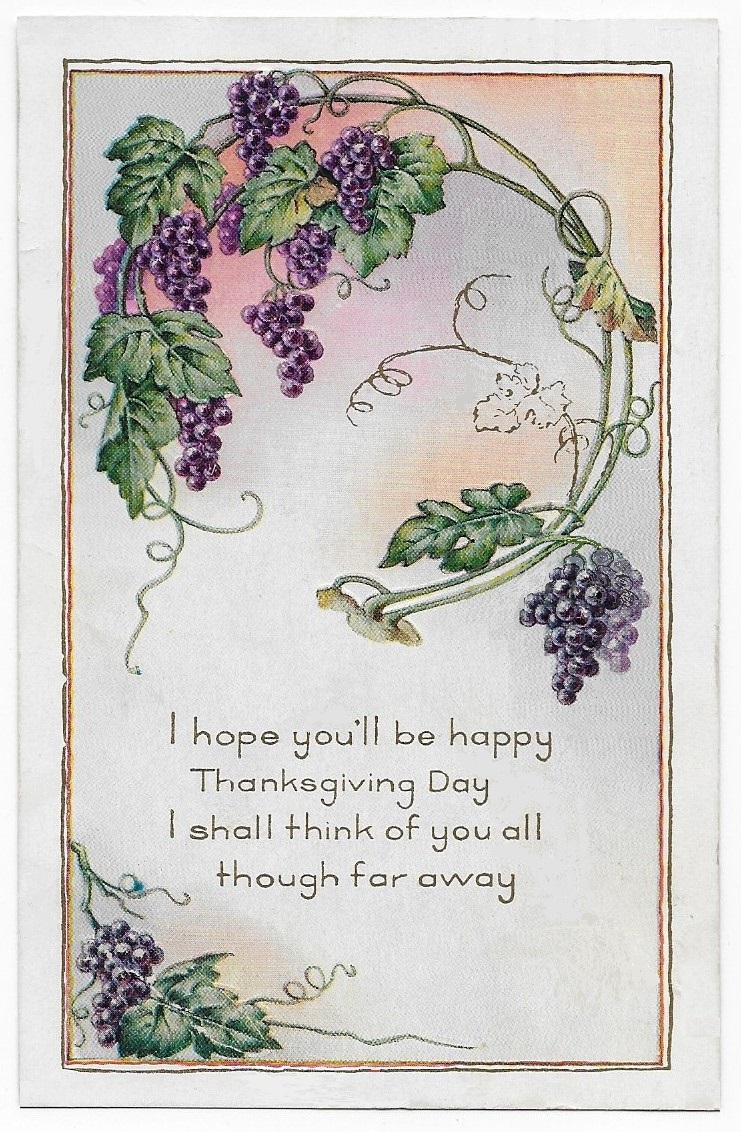The greatest infrastructure accomplishment of the first half of the 19th century was the rapid building of a canal system linking navigable rivers and streams throughout the populated portions of the United States.
Before the construction of highways and rail lines, waterways were the only means of hauling goods and people over great distances.
The enormous expansion of population and territory of the United States would not have proceeded as rapidly as it did without the canals.
Because the remarkable canal system became obsolete within a generation, many have forgotten the magnificence of the achievement.
https://en.wikipedia.org/wiki/History_of_turnpikes_and_canals_in_the_United_States
+ + + + + + +
John Mullen lived in Long Island City, the thriving neighborhood in the borough of Queens, New York City.
The name refers to the neighborhood’s location as the first named place upon crossing the East River from Manhattan.
Once a center of local government an industry, Long Island City is today known for the size and diversity of the arts community and the proliferation of studios and galleries.
https://en.wikipedia.org/wiki/Long_Island_City
In October of 1911, John received a postcard from Mr. and Mrs. George Schott.
The Schotts mailed the postcard from Coshocton, a city on the Muskingum River in central Ohio -about 63 miles northeast of Columbus.
Today, Coshocton preserves Roscoe Village – a restored town of the Canal Era located next to the Ohio and Erie Canal.
https://en.wikipedia.org/wiki/Coshocton,_Ohio
+ + + + + + +
The face of the postcard is a hand-colored photograph of a portion of the Ohio Canal at Coshocton.
From the Wiki:
“The Ohio and Erie Canal was a canal constructed during the 1820s and early 1830s in Ohio. It connected Akron with the Cuyahoga River near its outlet on Lake Erie in Cleveland, and a few years later, with the Ohio River near Portsmouth. It also had connections to other canal systems in Pennsylvania.”
The Ohio Canal carried freight until the 1860’s, and the system was maintained to supply water to industries and towns into the 20th century.
Today, the parts of the Ohio Canal system that were not destroyed by development, disuse, or floods are largely administered by the State and Federal Park Services.
In the picture, one can see that the canal has fallen into disuse – the old tow path is overgrown and obstructed, the banks of the waterway are lined with foliage, and there are no barges in sight.
+ + + + + +
On the reverse, the Schotts acknowledge a card from John and express that they were “glad to hear from (you).”
The senders have been busy “fixing our house over”.
John is promised a fuller account a later time.
The message ends with queries about the well-being of others, and a hope to hear from Mr. Mullen again soon.
The postcard seems to have been prized as it was preserved in very good condition throughout John’s lifetime.
One hopes that the Schotts and Mr. Mullen maintained a friendly correspondence for many years.
